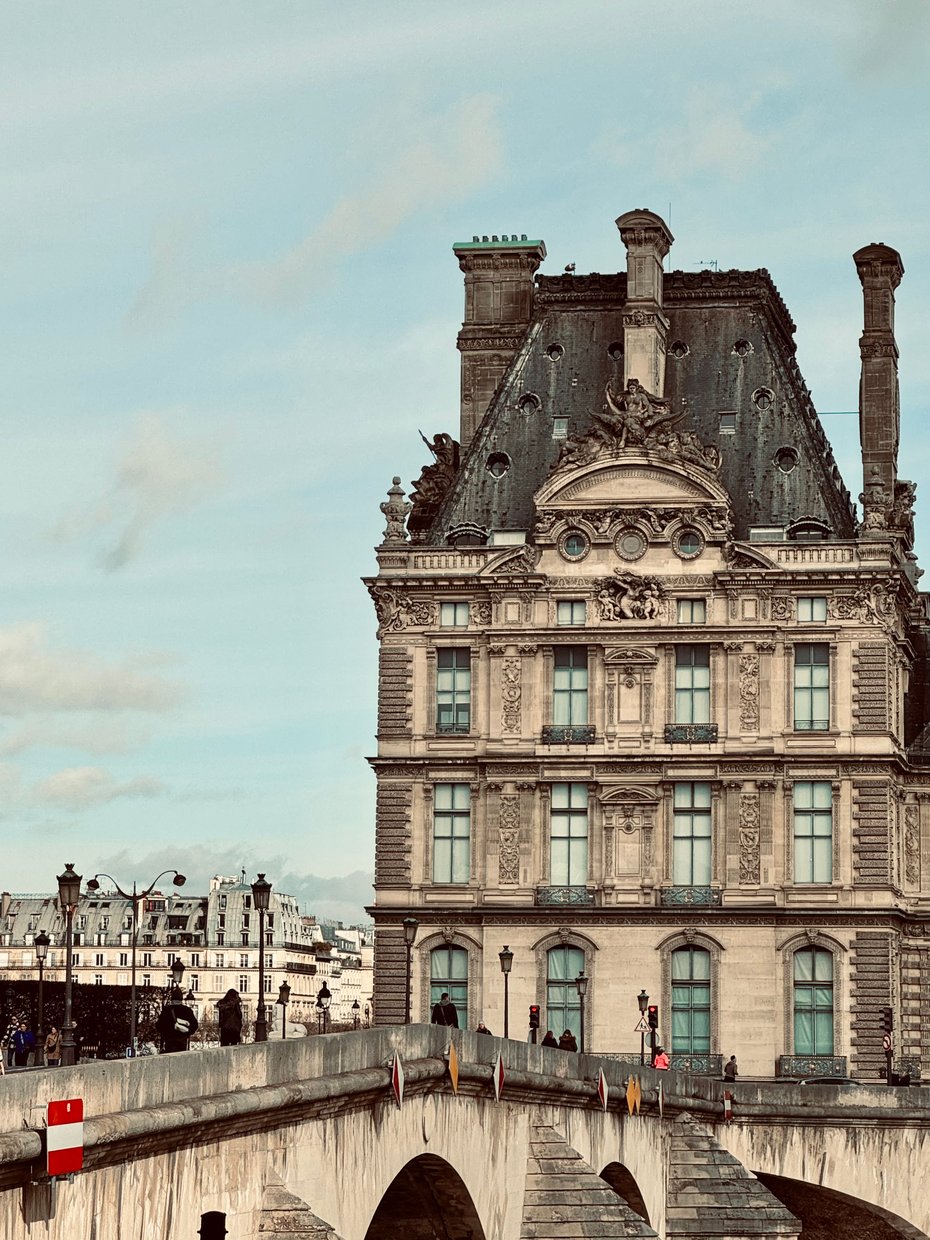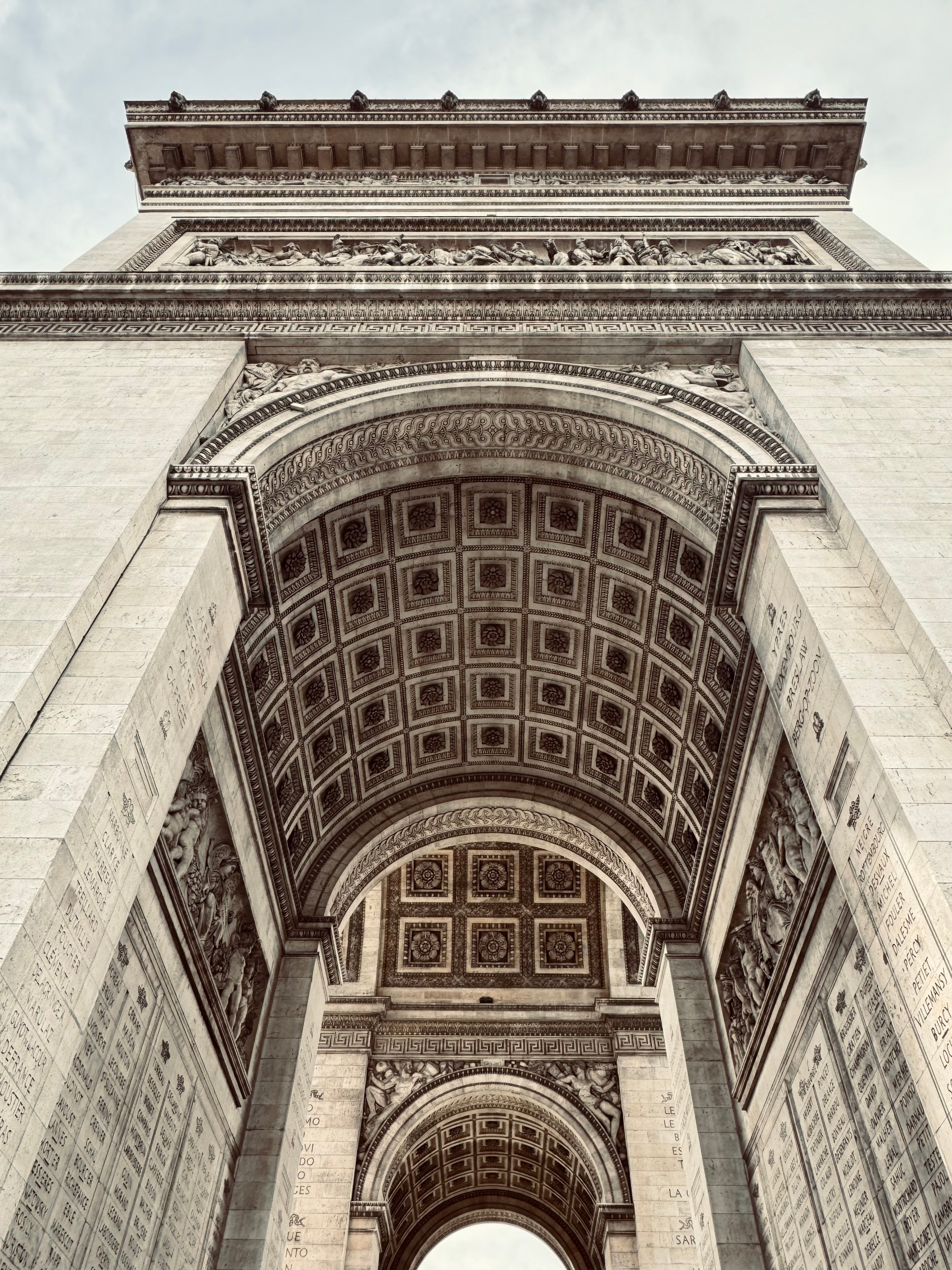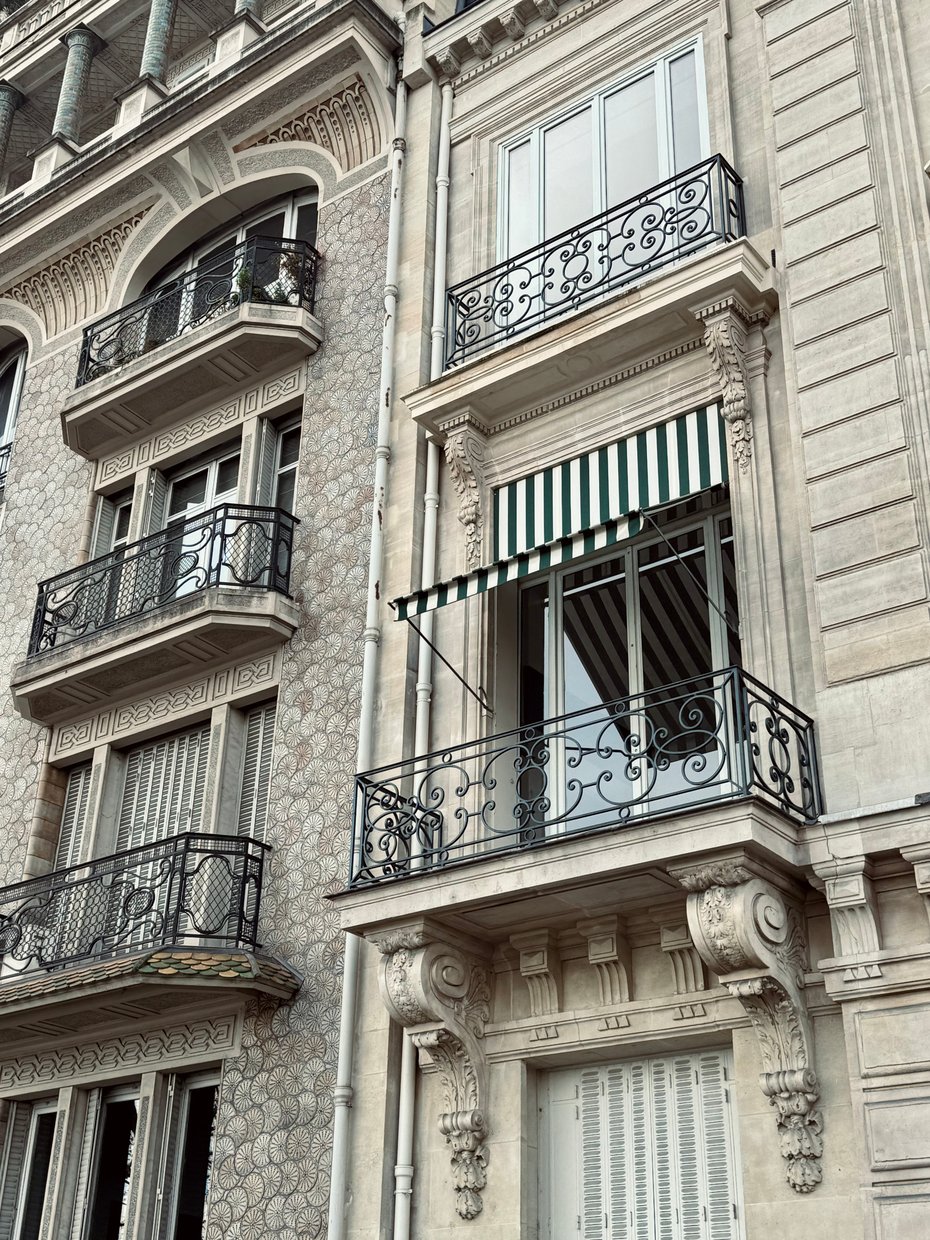Romantic and sophisticated, Paris has long provided a wealth of inspiration. It’s a fashion mecca and an artistic powerhouse – and there’s no denying the beauty of the city’s iconic architecture.
The Eiffel Tower attracts plenty of attention, but any casual stroll along cobblestone streets will reveal plenty of architectural wonders. The most beautiful buildings hold something significant in common: they’re clad in French limestone.
It would be an understatement to claim that limestone is a hallmark of Parisian architecture. Sometimes referred to as Lutetian or Parisian limestone, this brings undeniable beauty and charm to the City of Light. Keep reading to discover what makes these limestone structures so notable – and to learn how you can bring a slice of this Parisian beauty across the pond.

History and Origin of French Limestone in Paris
Limestone has long been a go-to material, with many iconic pyramids and temples drawing on its natural strength and beauty. In present-day France, quarrying has occurred for millennia, prompted by abundant limestone along the banks of nearby rivers (such as the famed Seine) along with the eventual deepening of local quarries. These took a step up in the Middle Ages with the addition of well systems and turned pillars.
While limestone was heavily utilized for millennia, its largely uniform appearance throughout Paris can be traced back to a grand renovation directed by Georges-Eugène Haussmann during the mid-to-late 1800s. Meant to address issues such as overcrowding, the renovation began with the demolition of many medieval neighborhoods. Previously, most buildings had been constructed from wood or brick, but that changed under the guidance of Haussmann, who sought harmony through the extensive use of Lutetian limestone.
Haussmann's approach was prompted, in part, by Napoleon's effort to achieve a unified Paris — at least visually speaking. This desire for uniformity led to the construction of cohesive apartment buildings, which abided by strict guidelines. These were nearly always cream-colored, with similar facades and standardized layouts designating business spaces and different types of flats.
These renovations sparked a lot of criticism at the time, but today, Haussmann's work is widely celebrated. His most iconic structures can now be viewed while strolling the Boulevard Haussmann, which exemplifies the elegance of Parisian architecture.

French Limestone in Parisian Architectural Design
Due to Haussmann's influence — plus a long history of local quarrying — limestone now plays a huge role in the overarching architectural design of Paris. Its prominence has, as Napoleon and Haussmann originally hoped, brought a harmonious look to the city, complete with a memorable, creamy hue. This uniformity of color is a defining characteristic of the city's architectural style.
Limestone's natural beauty and versatility continue to make it a popular choice among architects and designers today. From facades to columns and decorative details, limestone forms the basis of the city's most important buildings and sculptures. Its workability allows for intricate and intricate designs, adding a sense of craftsmanship and artistry to the buildings.
Iconic Applications

Limestone brings beauty to a wide range of Parisian structures, but a few, in particular, have attracted a great deal of attention with their gorgeous facades. The use of French limestone in these iconic buildings is a testament to its timeless appeal and enduring beauty.
-
The Eiffel Tower and the Trocadéro. French limestone is most famously showcased at the base of the Eiffel Tower, with its elegant presence also gracing the Trocadéro across the Seine. The use of Massangis Jaune limestone exudes a timeless charm with its blend of beige and gold tones, adding a distinctive aesthetic to the surrounding monuments.
-
Notre-Dame. The famed Catholic cathedral Notre-Dame represents one of the most important examples of Gothic architecture. A tragic 2019 fire destroyed the spire and the wooden roof, and, unfortunately, also damaged the limestone. The characteristics of this limestone vary, with lias, for example, used extensively in the portions of the building that handle heavy loads. Many of the quarries that extracted this stone closed during the 20th century.
-
Palace of Versailles. The same limestone critical to the construction of Notre-Dame was also used extensively in the Palace of Versailles. Originally meant to be a hunting lodge, the palace became a beloved retreat. Today, it is best known for its opulent gold details, but there's no denying the importance of the limestone that forms the basis of this grand structure.
-
Louvre Museum. Although best known for its world-famous art collection, the Louvre is a work of art in and of itself. A sizable complex reflecting many architectural styles and periods, the Louvre demonstrates how the beauty of limestone can stand out, even in the midst of other styles and materials.
-
Sacré Coeur. Constructed in the late 1800s, the basilica in Montmartre holds secrets in its stones, which are not, as some visitors believe, derived from the same sources as Versailles and Notre-Dame. Rather, the quarries of Souppes-sur-Loing supplied creamy-white stones, known as Château Landon. The appeal of this stems not only from its lovely appearance, but also, from its minimal maintenance requirements.
-
Arc de Triomphe. Like Sacré Coeur, the Arc de Triomphe is crafted from Château Landon limestone, serving as a powerful homage to those who bravely fought for France. Positioned at the western end of the Champs-Élysées, this stone monument undergoes a fascinating transformation when exposed to the elements. The interplay of rain and sunlight triggers a chemical reaction on its surface, resulting in the release of calcite that forms a pristine, snow-white layer, perpetually renewing the iconic structure's appearance.

Characteristics and Care
Limestone is sedimentary and calcareous. It consists of tiny fossils, and, while Parisian limestone is generally uniform, global limestone is far more versatile. The creamy hues of Lutetian limestone fit well with today's color trends, but depending on the source, beige, yellow, or even reddish shades are possible. Porosity can also vary dramatically.
The characteristics that have made limestone so appealing in Paris are relevant in residential settings all around the world. This stone delivers a timeless appearance but can also be surprisingly cost-effective. It offers old-world appeal for any space while also pairing well with modern elements.
Although generally durable, limestone can be vulnerable to etching and staining. Thankfully, you can limit the risk with proper sealing. Check out our Stone Care Guide and other resources to learn more about caring for French limestone and other stunning surfaces.
Explore the Elegance of French Limestone at Decorative Materials
Are you drawn to the classic beauty of French limestone? At Decorative Materials, we share a passion for natural stone. At our showrooms, you can find French limestone in various formats, from field tile to mosaics to slabs. Our knowledgeable staff can provide expert advice and guidance to help you choose the right limestone for your specific project needs.
Schedule a showroom visit so you can see how French limestone plays into timeless and trendy designs.


